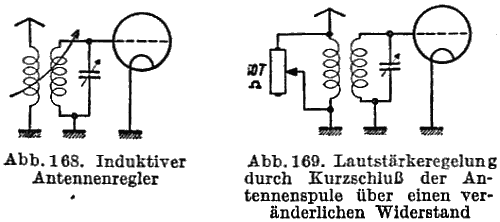Old capacitor markings
Old capacitor markings
- CapacitorFrage (24 KB)
- CapacitorPlates (22 KB)
To thank the Author because you find the post helpful or well done.

cm was used until the 40ies of the last century
1cm = 0,0885pF*4π ≈ 1,1pF
You can read more about it here and in this thread, unfortunately in German.
To thank the Author because you find the post helpful or well done.
Capacitance unit
To thank the Author because you find the post helpful or well done.
Scratching my head...
...this is the first time I have ever heard of a variable capacitor used as a volume control! The colored dots, if they are a value marking, suggest a value of 250 000 cm (?--also, the first time I ever heard of cm as a unit of capacitance!...), but, at 275 000pF (275nF), this seems very large for a variable capacitor, even one of that physical size...so, perhaps the yellow dot was not a multiplier?...in which case you're looking at 254 cm (approx 280pF). (red=2, green=5, yellow=4 or 104)
...just educated guessing on my part...I am just an ignorant American, after all ;>)...
To thank the Author because you find the post helpful or well done.
Vintage Volume Control


A similar method was the control with a variable inductive coupling or a shunt potentiometre in parallel to the antenna coil, Figures 168 and 169.



[Günther, H.; Richter, H.: "Schule des Funktechnikers", Vol 1, Frankh, Stuttgart, 1939]
From the schematics can be seen that the value of the variable antenna capacitor is approximately 200 pF and so of a value comparative to the capacity of the antenna itself. The 3 coloured dots on the condensor in the photo in post 1 obviously are no coding of the capacitance value.
Best regards DR
To thank the Author because you find the post helpful or well done.
 Thread closed by a moderator. But replies can be made through a moderator.
Thread closed by a moderator. But replies can be made through a moderator.